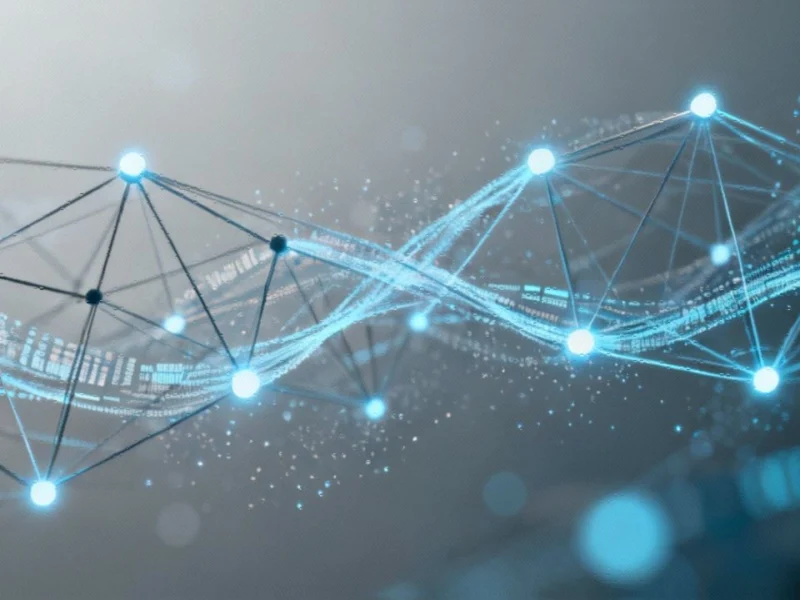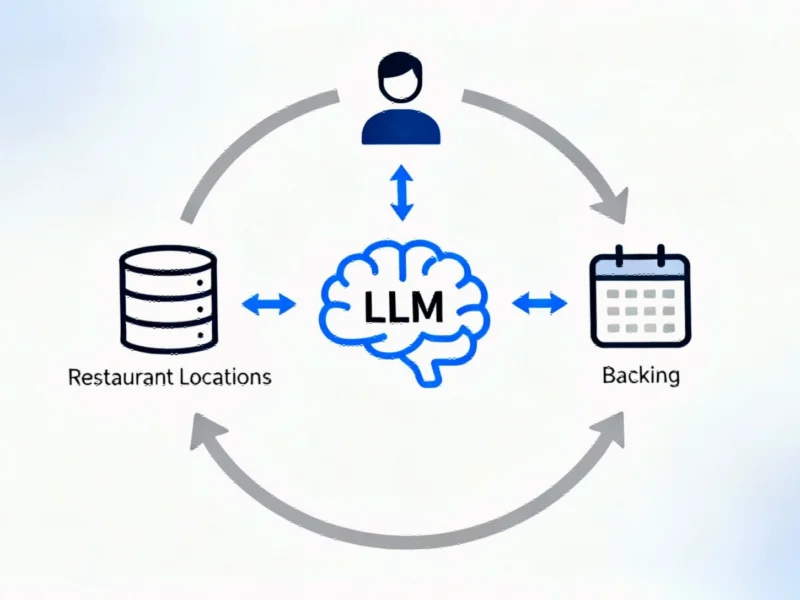Note: Featured image is for illustrative purposes only and does not represent any specific product, service, or entity mentioned in this article.
The Unchecked March of Artificial Intelligence
As Silicon Valley accelerates its artificial intelligence development, a fundamental question emerges: should AI do everything it’s technically capable of doing? OpenAI’s recent moves to remove safety guardrails and venture capitalists’ criticism of companies advocating for AI safety regulations highlight a growing industry divide. While some push for rapid, boundary-pushing innovation, others warn that this approach risks creating technologies we cannot properly control or understand.
The debate has intensified as leading AI companies take increasingly polarized positions. OpenAI’s aggressive strategy reflects a broader industry trend favoring speed to market over cautious development. Meanwhile, industry developments show growing concern among researchers and ethicists about the potential consequences of this approach.
The Blurring Line Between Innovation and Responsibility
TechCrunch’s Equity podcast recently explored how the distinction between groundbreaking innovation and ethical responsibility is becoming increasingly unclear. As AI systems grow more powerful and autonomous, the industry faces critical questions about governance, oversight, and the appropriate pace of development.
This tension reflects a broader pattern in technology history, where revolutionary capabilities often outpace our understanding of their societal impact. The current AI landscape mirrors previous technological revolutions, where initial enthusiasm eventually gave way to more nuanced understanding of both benefits and risks.
Parallel Innovations Across Industries
While AI dominates technology discussions, other fields are experiencing their own transformative breakthroughs. In environmental science, researchers have discovered that the Southern Ocean maintains CO₂ levels despite climate models predicting otherwise, offering new insights into planetary systems that could inform how we approach complex AI systems.
Similarly, the semiconductor industry is pushing boundaries with advanced 3nm and 5nm chip technology that powers increasingly sophisticated AI systems. These manufacturing breakthroughs enable the computational horsepower required for next-generation AI, creating a symbiotic relationship between hardware advancement and software capability.
The Physical Dimension of Digital Technology
As AI systems become more integrated into physical infrastructure, the conversation extends beyond digital consequences. The discussion about AI responsibility takes on new urgency when considering applications in transportation, healthcare, and manufacturing where decisions have immediate physical impacts.
This intersection of digital and physical is exemplified by tools like portable friction analyzers driving automotive innovation, where AI-assisted measurement technologies improve safety and performance in tangible ways. Such applications demonstrate AI’s potential benefits while highlighting the importance of responsible implementation.
Balancing Acceleration With Safeguards
The pharmaceutical industry offers instructive parallels for AI development, particularly in how it balances innovation with safety testing. Companies like Rani Therapeutics with their oral drug platform navigate rigorous regulatory frameworks while pursuing breakthrough treatments, providing a model for how AI might approach its own development challenges.
This balanced approach acknowledges both the tremendous potential of new technologies and the necessity of ensuring they serve human interests safely. As AI capabilities expand, the industry must decide whether to treat safety as an integral component of innovation or an obstacle to be minimized.
The Path Forward
The central question isn’t whether AI should advance, but how we ensure that advancement aligns with human values and safety. The current industry debate reflects deeper philosophical differences about technology’s role in society and our responsibility to guide its development thoughtfully.
As recent technology continues to evolve at breakneck speed, the conversation about AI’s appropriate boundaries becomes increasingly urgent. The decisions made today will shape not just the future of artificial intelligence, but potentially the future of human society itself. The challenge lies in fostering innovation while maintaining the wisdom to recognize where boundaries should exist.
This article aggregates information from publicly available sources. All trademarks and copyrights belong to their respective owners.



